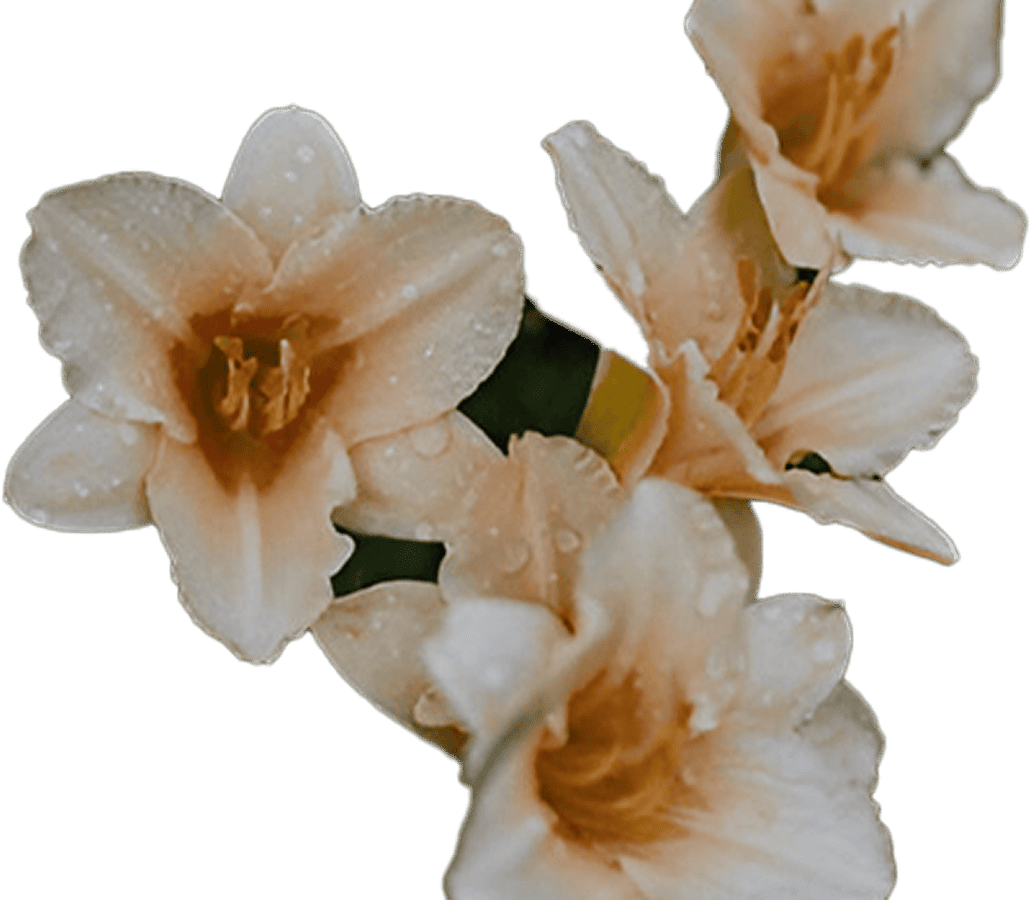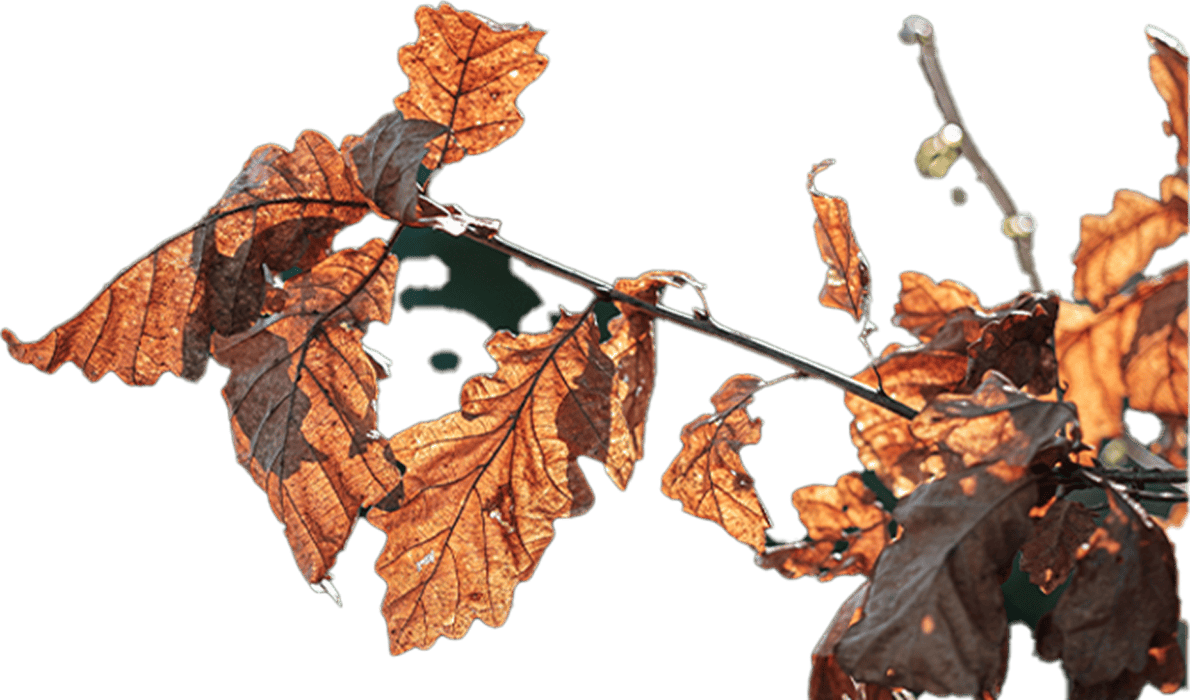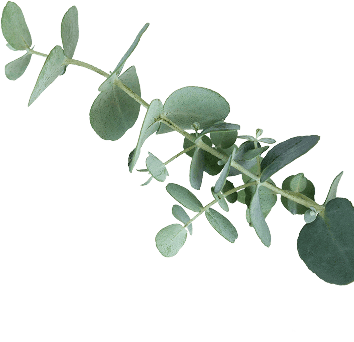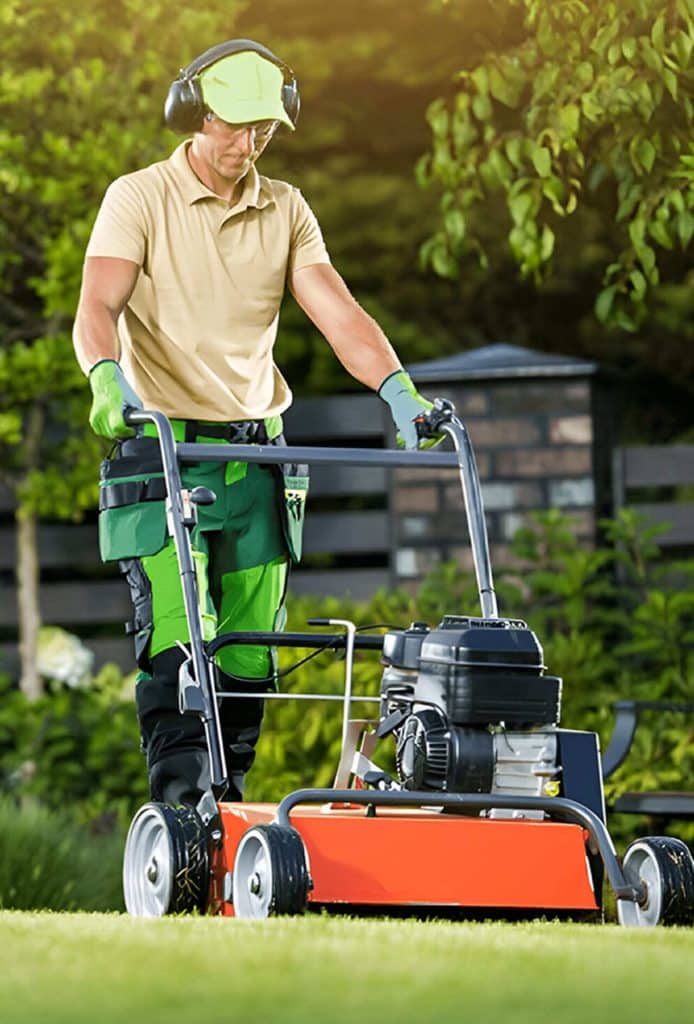Lawn Fertilization
Enhance your lawn’s health and vitality with our expert fertilization services, designed to promote lush, green growth throughout the year.
Why should you have your lawn fertilized?
It would be great if we could fertilize our lawns just once and be done with it; just like it would be nice if we could mow the lawn just once for the season and that would be it. In the real world, where your lawn provides a growing, natural setting for your home and a place for your family to relax and play, it needs a regularly scheduled fertilization program to maintain a healthy life. Your lawn needs a balanced fertilizer with nitrogen, phosphorous, and potassium to keep it healthy and strong. Most soils have only some minerals present, and usually, the natural nutrients get depleted over the years. For a well-written guide on lawn care, you might consider hiring a lawn care specialist who can provide expert advice, especially if you’re looking to improve your soil’s health.
Proper fertilizing with balanced applications throughout the growing season promotes thick, dense grass that can resist disease and weed invasions. Applying too much of any one of the basic minerals can cause erratic results.
For example, an overabundance of nitrogen will cause rapid growth of the grass plants that the roots can’t adequately handle; the blades become long and spindly. Hence, balance is key. Imperial Lawns uses a precise schedule of applications designed to optimize your plant’s health, growth, and vigor.
Depending on your growing season, a minimum of 5 fertilizer applications should be considered:
Early Spring
Early spring fertilization provides essential nutrients to help your lawn recover from winter dormancy and promote healthy growth.
Late Spring
Late spring fertilization strengthens your lawn by addressing nutrient deficiencies and preparing it for the summer heat.
Summer
Summer fertilization supports your lawn's resilience against drought and heat stress by maintaining nutrient levels.
fall
Fall fertilization encourages root development and repairs summer damage, setting the stage for a lush lawn in the following spring.
late fall
Late fall fertilization helps protect your lawn through the winter by boosting its carbohydrate reserves and enhancing cold tolerance.
Additional applications that include insect controls and pre-emergent weed controls should be considered, especially if you had a strong infestation of either crabgrass type weeds or destructive insects.



What Is Better: Liquid or Granular?
Both methods have their strong advocates with convincing arguments that their method is best.
Pros
Cons
Liquid
Granular
- Quick Absorption
- Easy to mix with treatments.
- Good for spot treatment.
- Even coverage.
- Slow-release nutrients.
- Easy to handle.
- No special equipment.
- Cost-effective.
- Frequent applications needed.
- Risk of runoff.
- Complex equipment.
- Short-term effects.
- Slow to work.
- Risk of uneven spread.
- May wash away in heavy rain.
- Requires precise timing.
Pros
Cons
HOW IT WORKs
Common Questions
When is the best time to fertilize my lawn?
Fertilize during the growing season, with early spring and fall being ideal times for promoting growth and resilience.
Can over-fertilizing harm my lawn?
Yes, over-fertilizing can lead to nutrient burn and damage the grass, making proper application crucial.
What type of fertilizer is best for my lawn?
A balanced, slow-release fertilizer suited to your grass type and soil conditions is ideal.
How often should I fertilize my lawn?
Typically, lawns should be fertilized every six to eight weeks during the growing season.
Why is lawn fertilization important?
Fertilization provides essential nutrients that promote robust grass growth and improve lawn health.


